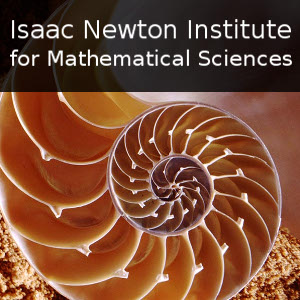Bayesian analysis of object data using Top Space and Quotient Space models
47 mins 12 secs,
180.61 MB,
iPod Video
480x270,
29.97 fps,
44100 Hz,
522.43 kbits/sec
Share this media item:
Embed this media item:
Embed this media item:
About this item

| Description: |
Dryden, I
Wednesday 15th November 2017 - 09:45 to 10:30 |
|---|
| Created: | 2017-11-15 16:01 |
|---|---|
| Collection: | Growth form and self-organisation |
| Publisher: | Isaac Newton Institute |
| Copyright: | Dryden, I |
| Language: | eng (English) |
| Abstract: | The analysis of object data is becoming common, where example objects under study include functions, curves, shapes, images or trees. Although the applications can be very broad, the common ingredient in all the studies is the need to deal with geometrical invariances. For the simple example of landmark shapes, one can specify a model for the landmark co-ordinates (in the Top Space) and then consider the marginal distribution of shape after integrating out the invariance transformations of translation, rotation and scale. An alternative approach is to optimize over translation, rotation and scale, and carry out modelling and analysis in the resulting Quotient Space. We shall discuss several examples, including functional alignment of growth curves via diffeomorphisms, molecule matching, and 3D face regression where translation and rotation are removed. Bayesian inference is developed and the Top space versus Quotient space approaches are compared. |
|---|---|
Available Formats
| Format | Quality | Bitrate | Size | |||
|---|---|---|---|---|---|---|
| MPEG-4 Video | 640x360 | 1.93 Mbits/sec | 685.89 MB | View | Download | |
| WebM | 640x360 | 671.22 kbits/sec | 232.13 MB | View | Download | |
| iPod Video * | 480x270 | 522.43 kbits/sec | 180.61 MB | View | Download | |
| MP3 | 44100 Hz | 249.76 kbits/sec | 86.43 MB | Listen | Download | |
| Auto | (Allows browser to choose a format it supports) | |||||

